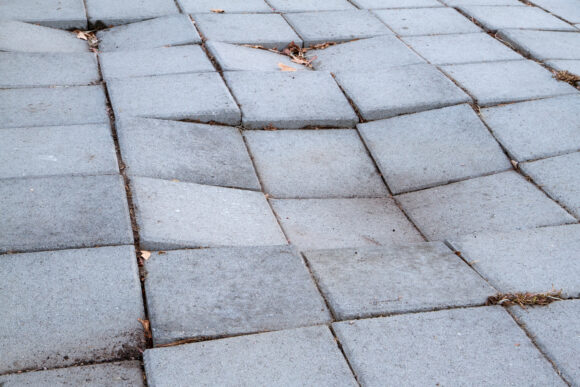A federal court in New York has reiterated that a time lag between the date a trip-and-fall accident occurred and when the conduct alleged to have caused it took place does not itself relieve an insurer of its duty to defend its insured in an injury suit related to the accident.
ACE American Insurance Co. has been ordered to defend Consolidated Edison (ConED) in an injury lawsuit that blames one of ConEd’s sidewalk contractors for work it did months before the injury happened.
After Altagracia Ramirez tripped and fell on a sidewalk in the Bronx on April 20, 2015, she sued the owner and manager of the adjacent property. They, in turn, sued ConEd, which they believed was responsible for work on the sidewalk.
ConEd claimed that one of its contractors, Petmar Builders, was responsible for the construction work, and since ConEd was covered as an additional insured on the ACE contractor’s policy, ConEd asked the ACE to defend it.
ACE declined to provide a defense, largely because its insured contractor’s work did not happen “on/about” the date of the accident. Because Petmar’s work at the site was completed 10 months before the accident “and the job was signed off,” in ACE’s view, there was no coverage.
ConEd countered that there was coverage for defense because even though the contractor insured by ACE completed its work prior to the date of the alleged incident, this did not eliminate the possibility that the insured caused or created the defective condition that in turn allegedly caused Ramirez to fall.
The federal court for the Southern District of New York sided with ConEd and ordered that ACE defend ConEd.
The court said ACE was wrong in arguing that Petmar must have done its work on or about the time of the accident to trigger defense coverage for two reasons: the facts presented to ACE suggested a reasonable possibility that its named insured, Petmar, was a proximate cause of the accident, and the 10-month lapse of time between the contractor’s work and the accident does not cut off the chain of proximate cause as a matter of law.
There were indications in documents that ConEd was supposed to complete a permanent repair of the construction site after Petmar did a temporary repair. But the court said that was not at issue at this stage.
ACE had actual knowledge of facts indicating that Petmar had worked at the site of the accident, that Petmar had prepared a temporary patch, and that ConEd had not completed a permanent patch before the date of Ramirez’s accident.
“These facts were sufficient to indicate that Petmar had engaged in conduct—opening and temporarily patching the sidewalk—that gives rise to a risk that corresponds to the harm that ultimately took place—Ramirez tripping and falling on the sidewalk where the work was done,” the court said.
The information known to ACE at the time of its decision to decline coverage indicated a “reasonable possibility” that Petmar’s conduct proximately caused Ramirez’s injuries. As a result, ACE had a duty to defend ConEd in the underlying action, the court concluded.
Was this article valuable?
Here are more articles you may enjoy.


 Florida And East Coast Will See Big Losses From More Cat 5 Storms, Researchers Say
Florida And East Coast Will See Big Losses From More Cat 5 Storms, Researchers Say  Atmospheric River to Flood Pacific Northwest Through Week
Atmospheric River to Flood Pacific Northwest Through Week  Verlan Files Subro Suit Against Georgia Chemical Plant After $20M Payout on Fire
Verlan Files Subro Suit Against Georgia Chemical Plant After $20M Payout on Fire  Toyota Unveils Concept LFA Supercar, and It’s Fully Electric
Toyota Unveils Concept LFA Supercar, and It’s Fully Electric 